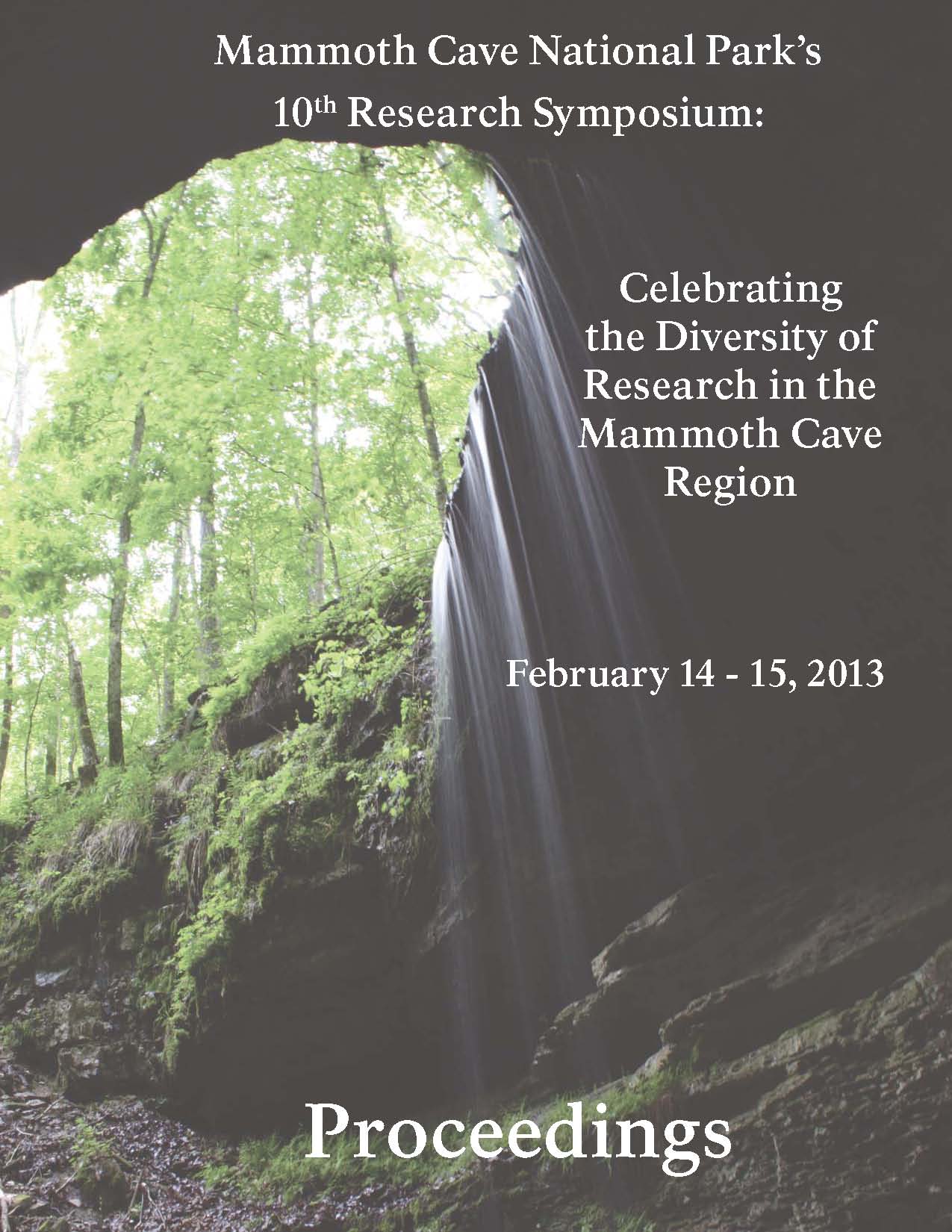Start Date
15-2-2013 2:50 PM
Description
Sorption has been widely used as an inexpensive and environmental friendly water treatment technology. A large variety of adsorbents with different adsorption mechanisms have drawn interests, and combinations of adsorbents will enhance sorption of mixed solutions. However, current sorption research tends to focus on single material. The objective of this study was to develop sorption isotherms for ZPG®, (Zeolite, Perlite, Granular Activated Carbon), used in a stormwater filter cartridge. Contaminants of concern include Cu2+ and quaternary ammonia compounds (QAC). Adsorption isotherms were established for Cu2+ and QAC, and the best fit for the isotherm data was a Langmuir isotherm for Cu2+ and Freundlich isotherm for QAC. The Empirical Constant for Cu2+, Qo, which represents the maximum adsorption capacity, was 4.61μg/L. The equilibrium constant K, which represents the distribution of the contaminants between water and ZPG particles, was 11μg/g for Cu2+ and 8μg/g for QAC. The adsorption isotherm, adsorption rate, and maximum adsorption capacity are used as the criteria, and the result can be used for performance evaluation with the safety limits for the aquatic organisms presented in the Mammoth Cave National Park.
Recommended Citation
Ho, Hung-Wai and Toomey, Rick, "Use of Sorption Isotherms to Improve the Efficacy of the Storm-water Filters" (2013). Mammoth Cave Research Symposia. 23.
https://digitalcommons.wku.edu/mc_reserch_symp/10th_Research_Symposium_2013/Research_Posters/23
Included in
Animal Sciences Commons, Forest Sciences Commons, Geology Commons, Hydrology Commons, Other Earth Sciences Commons, Plant Sciences Commons
Use of Sorption Isotherms to Improve the Efficacy of the Storm-water Filters
Sorption has been widely used as an inexpensive and environmental friendly water treatment technology. A large variety of adsorbents with different adsorption mechanisms have drawn interests, and combinations of adsorbents will enhance sorption of mixed solutions. However, current sorption research tends to focus on single material. The objective of this study was to develop sorption isotherms for ZPG®, (Zeolite, Perlite, Granular Activated Carbon), used in a stormwater filter cartridge. Contaminants of concern include Cu2+ and quaternary ammonia compounds (QAC). Adsorption isotherms were established for Cu2+ and QAC, and the best fit for the isotherm data was a Langmuir isotherm for Cu2+ and Freundlich isotherm for QAC. The Empirical Constant for Cu2+, Qo, which represents the maximum adsorption capacity, was 4.61μg/L. The equilibrium constant K, which represents the distribution of the contaminants between water and ZPG particles, was 11μg/g for Cu2+ and 8μg/g for QAC. The adsorption isotherm, adsorption rate, and maximum adsorption capacity are used as the criteria, and the result can be used for performance evaluation with the safety limits for the aquatic organisms presented in the Mammoth Cave National Park.

